Invertebrates: Journals & Articles
Further resources, if available, can be found in our full bibliography.
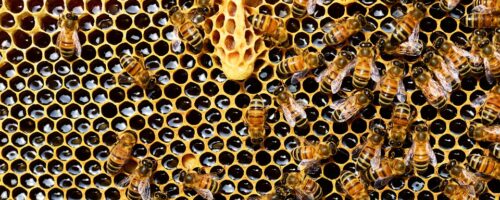
A recent study suggests that bees are sentient and may possess self-awareness, challenging traditional views of their cognitive abilities. These insects demonstrate complex behaviors, such as learning, memory, and social interaction, with distinct personalities. Their ability to use tools, communicate, and navigate their environment indicates a higher level of intelligence and awareness than previously thought, positioning them as remarkable creatures in the natural world.
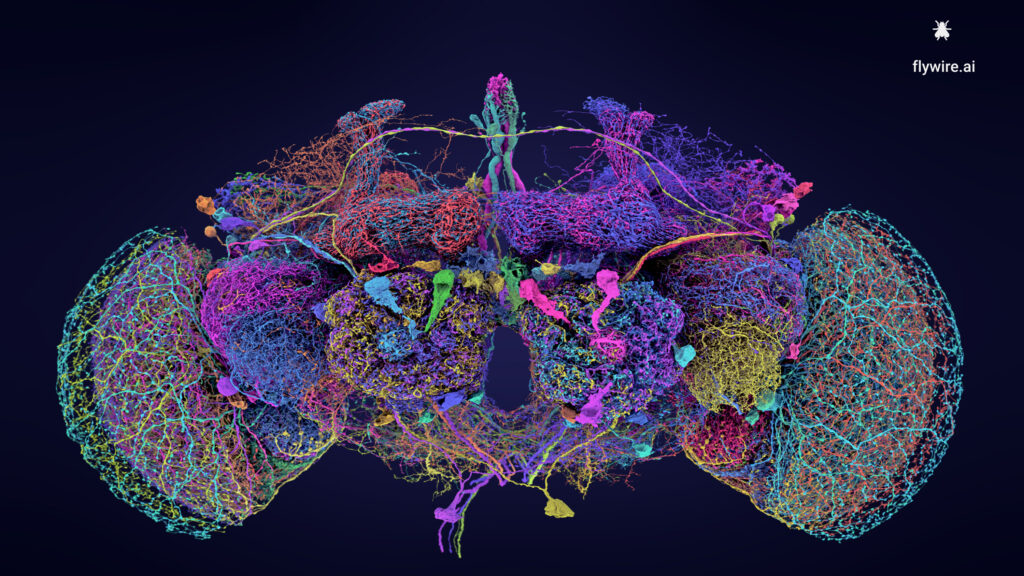
"After a Decade, Scientists Unveil Fly Brain in Stunning Detail"
Carl Zimmer
Scientists have mapped the brain of a fruit fly, revealing over 140,000 neurons connected by more than 490 feet of wiring. This detailed brain map, published in Nature, is the first complete reconstruction of any complex brain, surpassing the previously mapped brain of a tiny worm. The groundbreaking study promises to provide valuable insights into the nervous system, offering principles that may apply to the brains of other species, including humans.

"Eating and Cognition in Two Animals without Neurons: Sponges and Trichoplax"
William Bechtel, Leonardo Bich
This paper argues that eating, a fundamental behavior for all organisms, involves cognitive processes such as procuring, processing, and assessing information, which are essential for maintaining the organism. The authors support Ladislav Kováč’s view that cognition is grounded in chemical signaling and processing. Using Cisek’s phylogenetic refinement approach, they focus on two animal phyla, Porifera and Placozoa, which lack neurons, muscles, and an alimentary canal but still coordinate diverse cell types to control eating. The review highlights research on how these organisms gather and process information to regulate their feeding behaviors, providing insights into the cognitive basis of eating.
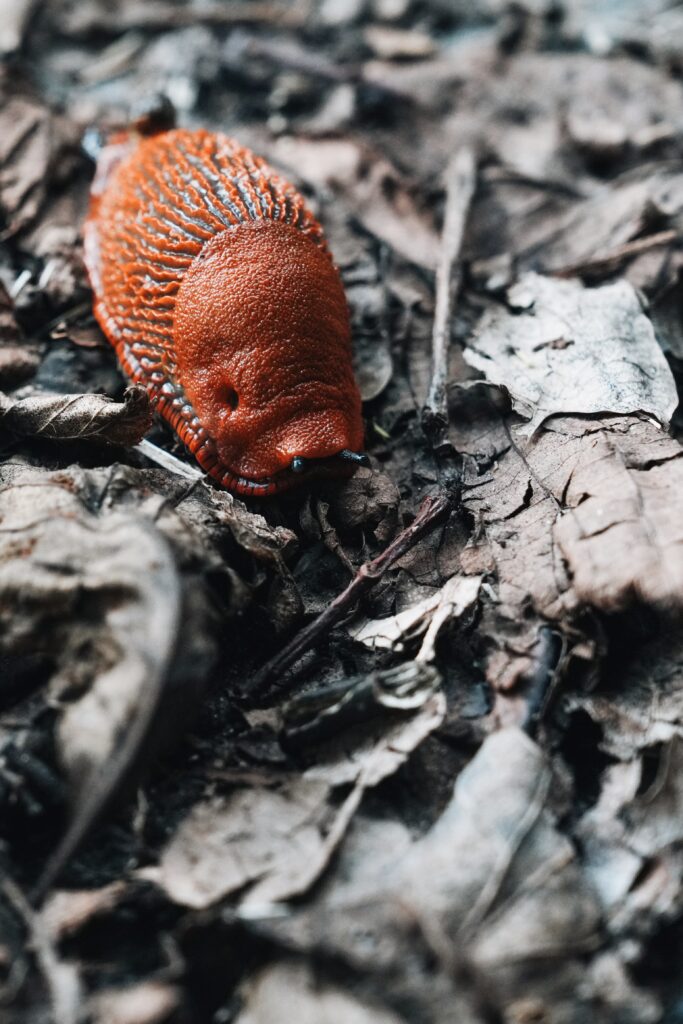
"Review of the Evidence of Sentience in Cephalopod Molluscs and Decapod Crustaceans"
S. Wickens
All cephalopod molluscs and decapod crustaceans should be regarded as sentient and protected under UK animal welfare law. This is the headline conclusion of this thoughtful report, that is going to have a profound impact on the way these animals are treated within the UK – and likely inform policy elsewhere. In response, the UK government has indicated that they accept this position and will look to/have extended forthcoming animal welfare legislation to include lobsters, octopus and crabs and all other decapod crustaceans and cephalopod molluscs.
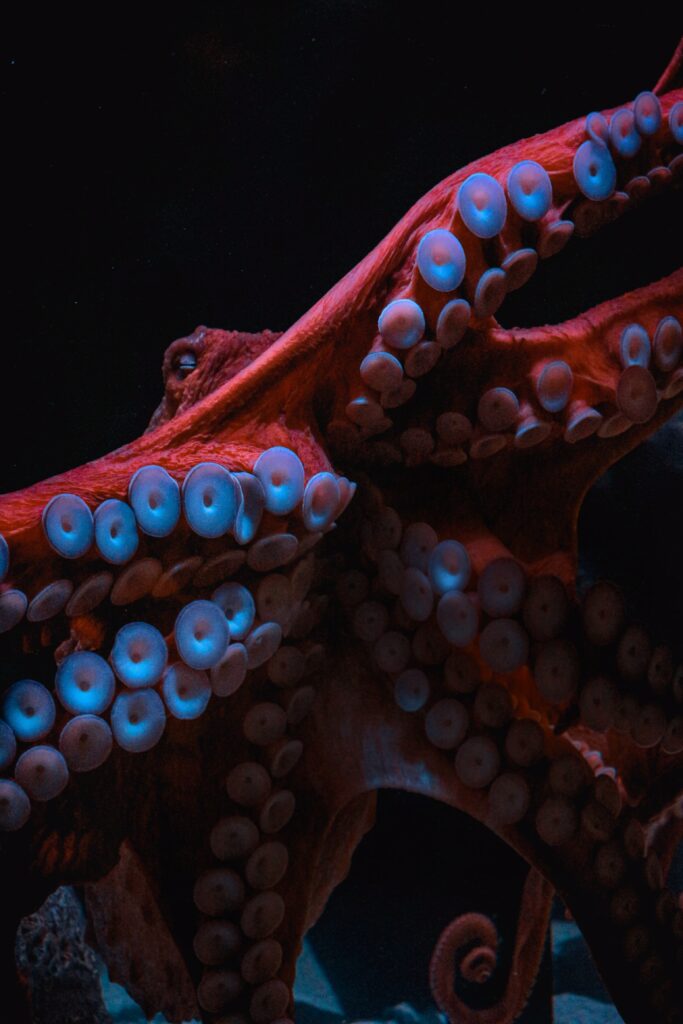
"Cephalopod Behavior: From Neural Plasticity to Consciousness"
Giovanna Ponte, Cinzia Chiandetti, David B. Edelman, Pamela Imperadore, Eleonora Maria Pieroni, Graziano Fiorito
Following the criteria and framework outlined for the identification of hallmarks of consciousness in non-mammalian species, Ponte et al. propose that cephalopods–particularly the octopus–provide a unique test case among invertebrates for examining the properties and conditions that, at the very least, afford a basal faculty of consciousness. These include, among others: (1) discriminatory and anticipatory behaviors indicating a strong link between perception and memory recall; (2) the presence of neural substrates representing functional analogs of thalamus and cortex; (3) the neurophysiological dynamics resembling the functional signatures of conscious states in mammals. Ponte et al. highlight the current lack of evidence as well as potentially informative areas that warrant further investigation to support the view expressed here. Finally, they identify future research directions for the study of consciousness in these tantalizing animals.
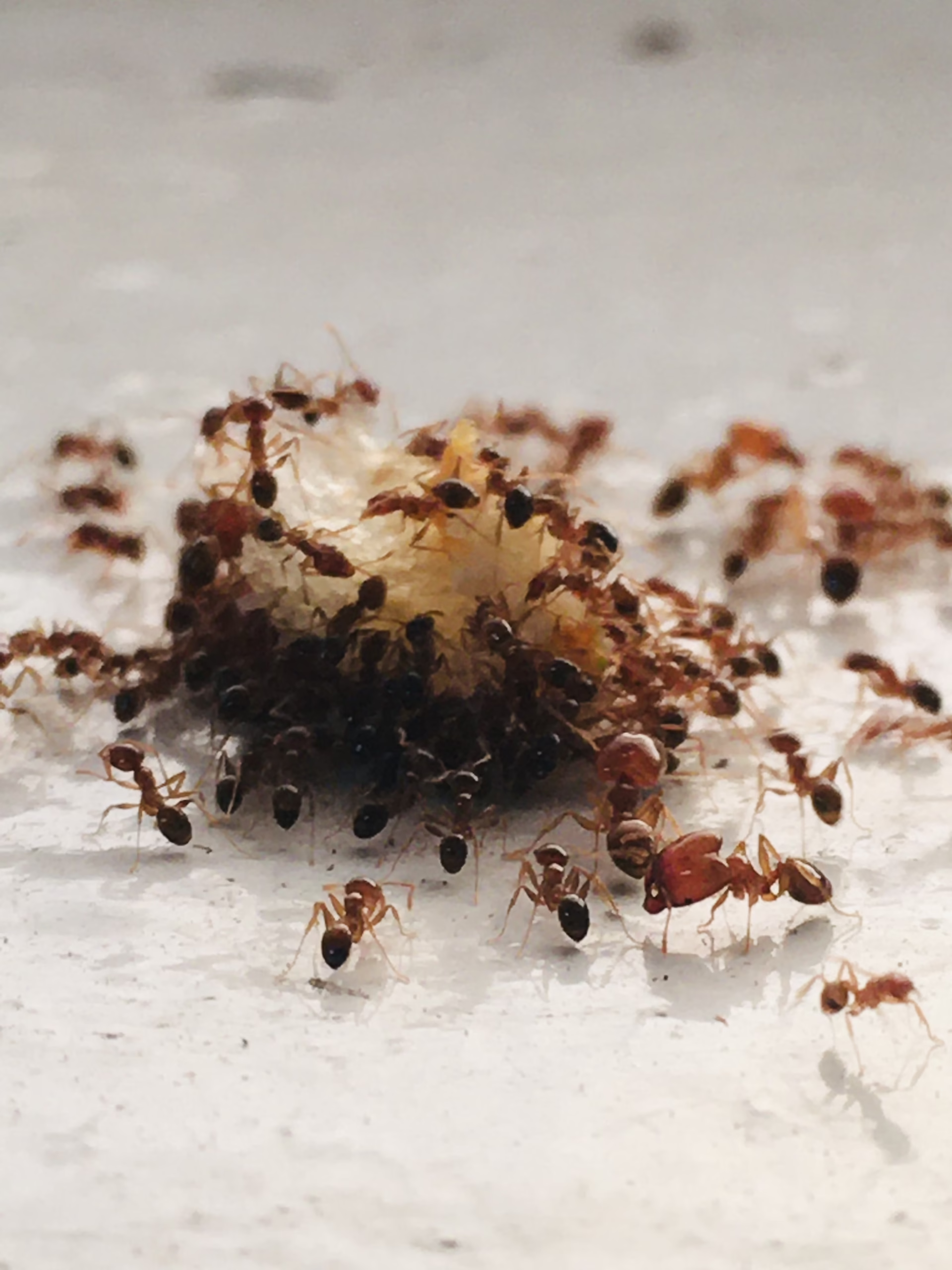
Interest in the advanced cognitive abilities of insects has grown rapidly over the past decades. However, most studies have taken place on a handful of model organisms: fruit flies, honey bees, and bumblebees. Ants are in many ways ideal models for the study of cognition, offering a wide range of ecologies, often coupled with ease of training and maintenance. This review aims to collate the often disparate research on advanced cognition in ants. Czaczkes focuses specifically on “advanced” cognition, which is defined as requiring mental abstraction, internal self-reference, or control. Ants have been demonstrated to show impressive cognitive control abilities, suppressing a dominant response (e.g., feeding) in order to carry out a secondary goal (e.g., searching for a feeding tool). Tool use is well documented in ants, including tool manufacture and situation-dependent tool selection and use. Some evidence of abstract algorithmic sequence learning (e.g., repeated left-right turns) has been shown, as well as suggestions of metacognitive abilities such as estimating their own uncertainty. Some evidence pointing to successful relational-concept learning (e.g., “same” vs. “different”) has been reported, but not all experiments searching for this were successful. Czaczkes ends the review by highlighting specific areas of ant cognition that may offer large rewards for intrepid researchers. The study of advanced cognition in ants is still in its early stages, and there are many opportunities for exploration and discovery.
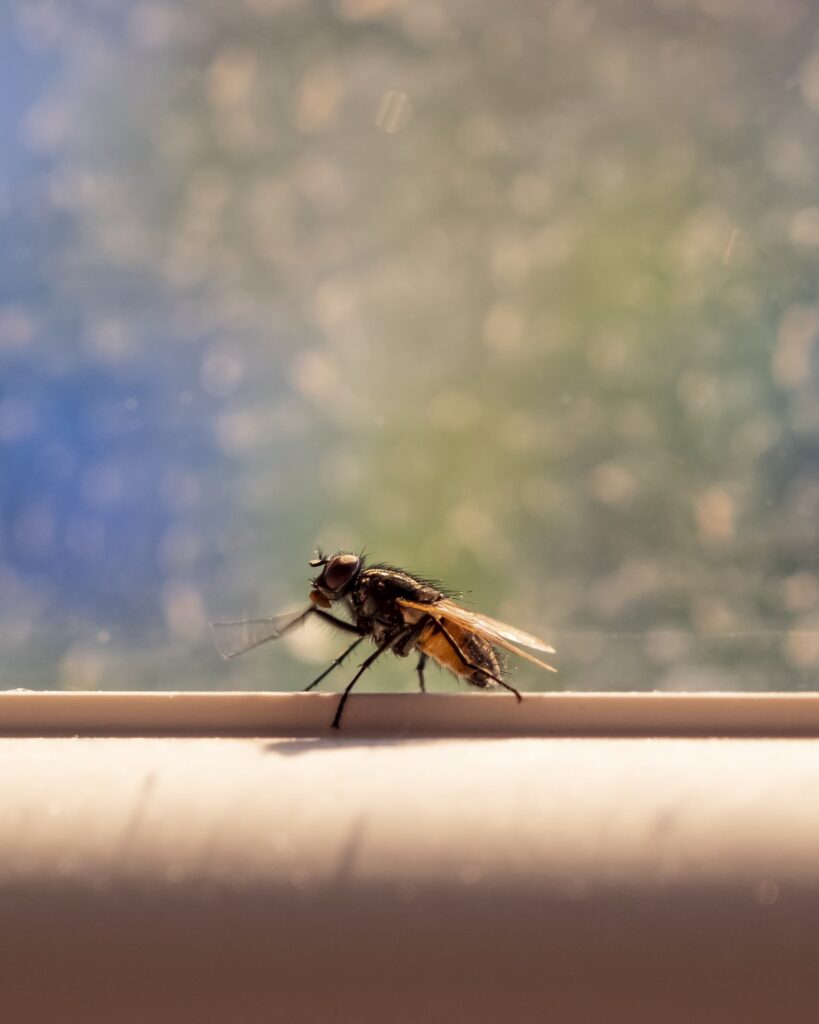
"Wouldn't Hurt a Fly? A Review of Insect Cognition and Sentience in Relation to their Use as Food and Feed"
Helen Lambert, Angie Elwin, Neil D’Cruze
In this review, Lambert, Elwin, and D’Cruze explore a fraction of what is currently known about insect sentience and cognition by focusing on a portion of the published scientific literature over the past 31 years. The review aimed to: (1) broadly assess the extent to which insect sentience and cognition feature in a selection of the scientific literature published between 1990 and 2020 (31 year period), (2) to specifically assess which aspects have been studied and in which insect taxa, and (3) review reports published by the FAO between 2013 and 2020, to identify the insect species currently being promoted in policy for farming, and the reasons why edible insects are now on the global policy agenda. Their exploration comes at a point when the commercial production of insects appears likely to intensify, and the market for this taxonomic group as a food source is reaching a global scale. They hope that the findings will have important implications for how insects are farmed in the future, particularly in the context of reducing any potential negative animal welfare impacts.
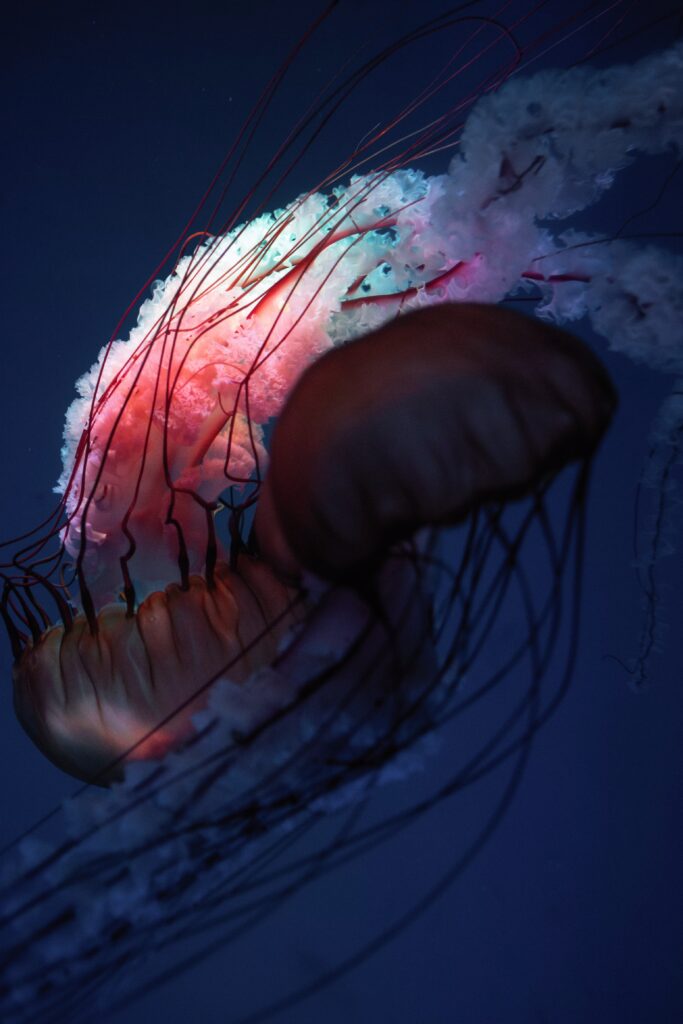
Birch distinguishes three broad types of approach to the question of invertebrate consciousness and its methodology: theory–heavy, theory-neutral and theory-light. Arguing that theory-heavy and theory-neutral approaches face serious problems, he advocates for the theory-light approach as a productive guide for inquiry into invertebrate consciousness. At the core of the theory-light approach is a minimal commitment about the relation between phenomenal consciousness and cognition that is compatible with many specific theories of consciousness. What is needed, writes Birch, is a systematic search for consciousness-linked cognitive abilities, their relationships to each other, and their sensitivity to masking.
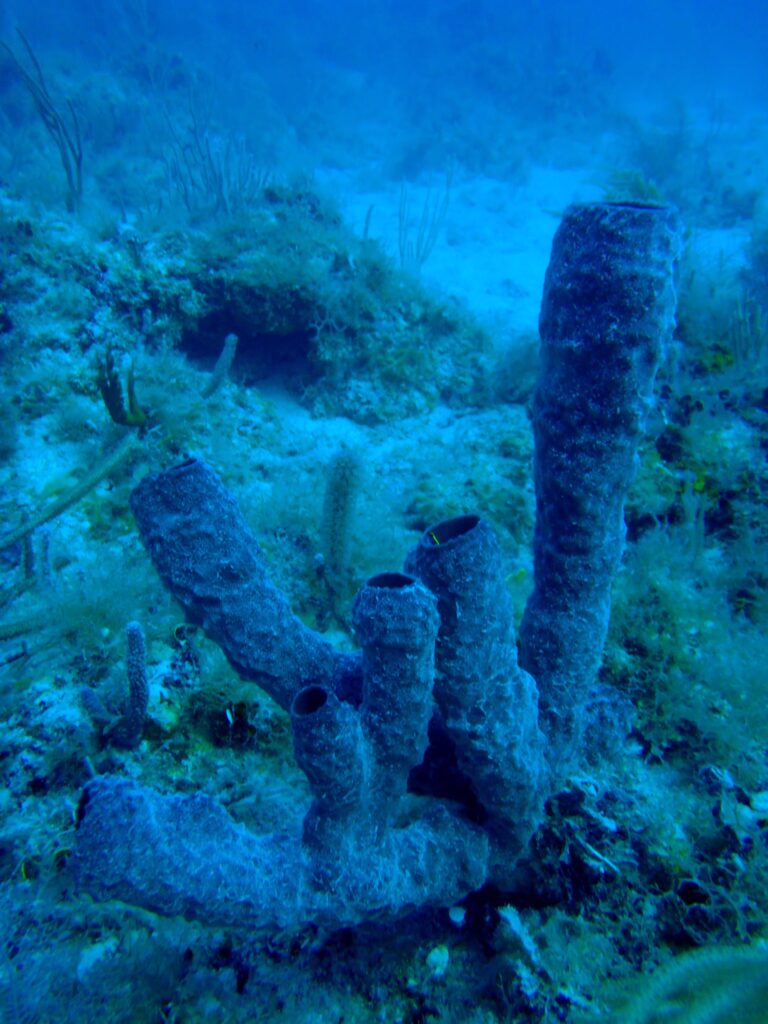
"Think Like a Sponge: The Genetic Signal of Sensory Cells in Sponges"
Jasmine L. Mah, Sally P. Leys
This paper explores the genetic basis of sensory functions in sponges, focusing on whether they possess a “pre-nervous” system or have lost a nervous system over evolutionary time. The authors performed a meta-analysis of gene expression studies in sponges and found that genes associated with sensory and neural functions in eumetazoans are not typically expressed in structures with known sensory roles in sponges. Instead, these genes are often expressed in non-sensory cells, such as epithelial cells, and during development, likely due to their role as transcription factors. The findings suggest that the genetic foundations of sponge sensory systems may be distinct from those of bilaterians, and these genes could have previously unknown functions, such as in immune signaling or cell communication. This challenges the assumption that sponges simply retain ancestral sensory modules, proposing that sponges may have a unique sensory system.
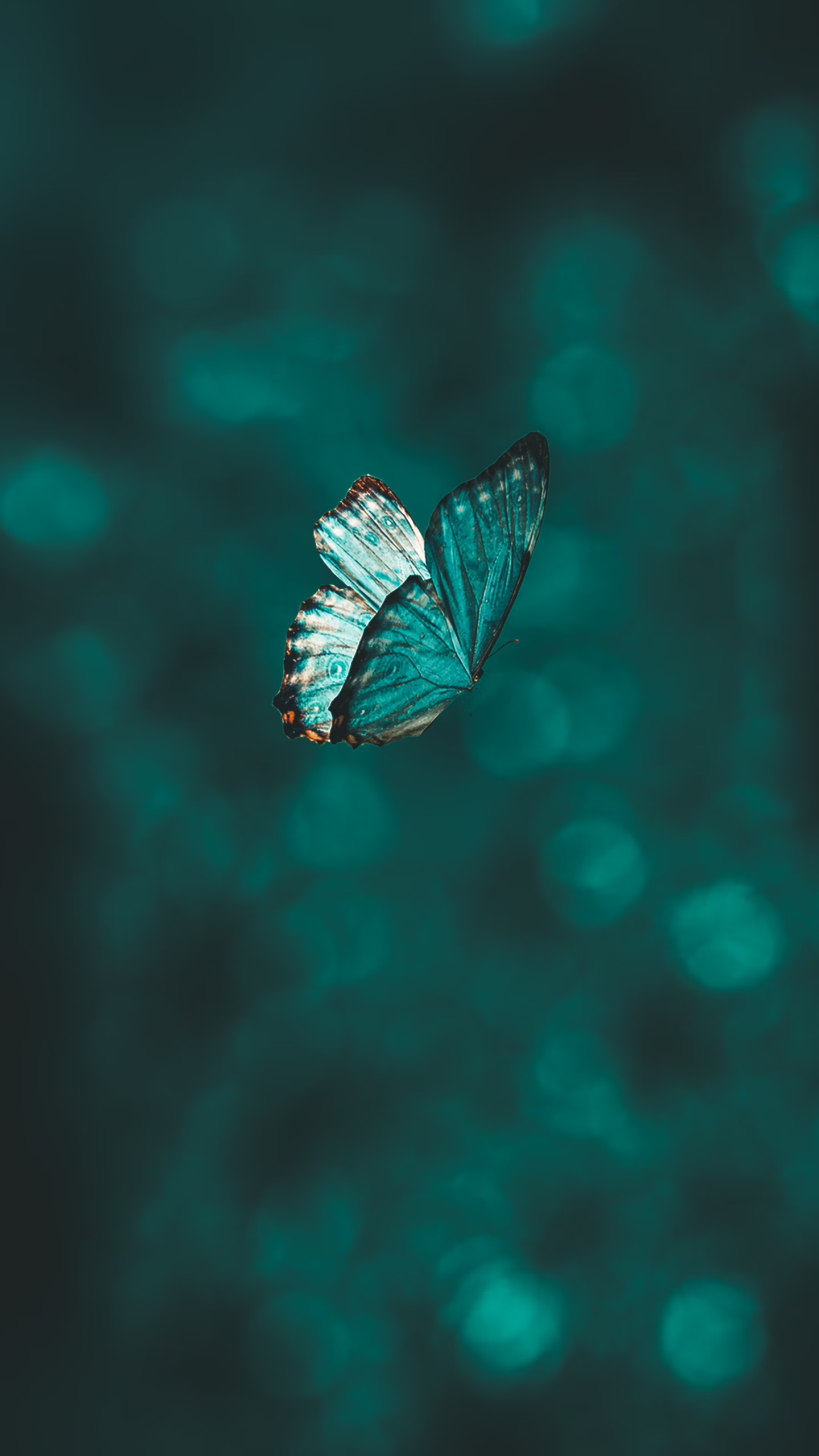
"Subjective Experience in Insects: Definitions and Other Difficulties"
Shelley Adamo
Whether insects have the potential for subjective experiences depends on the definition of subjective experience. Adamo argues that the definition used by Klein & Barron (2016) is an unusually liberal one and could be used to argue that some modern robots have subjective experiences. From an evolutionary perspective, the additional neurons needed to produce subjective experiences will be proportionately more expensive for insects than for mammals because of the small size of the insect brain. This greater cost could weaken selection for such traits. She contends that, minimally, it may be premature to assume that small neuronal number is unimportant in determining the capacity for consciousness.
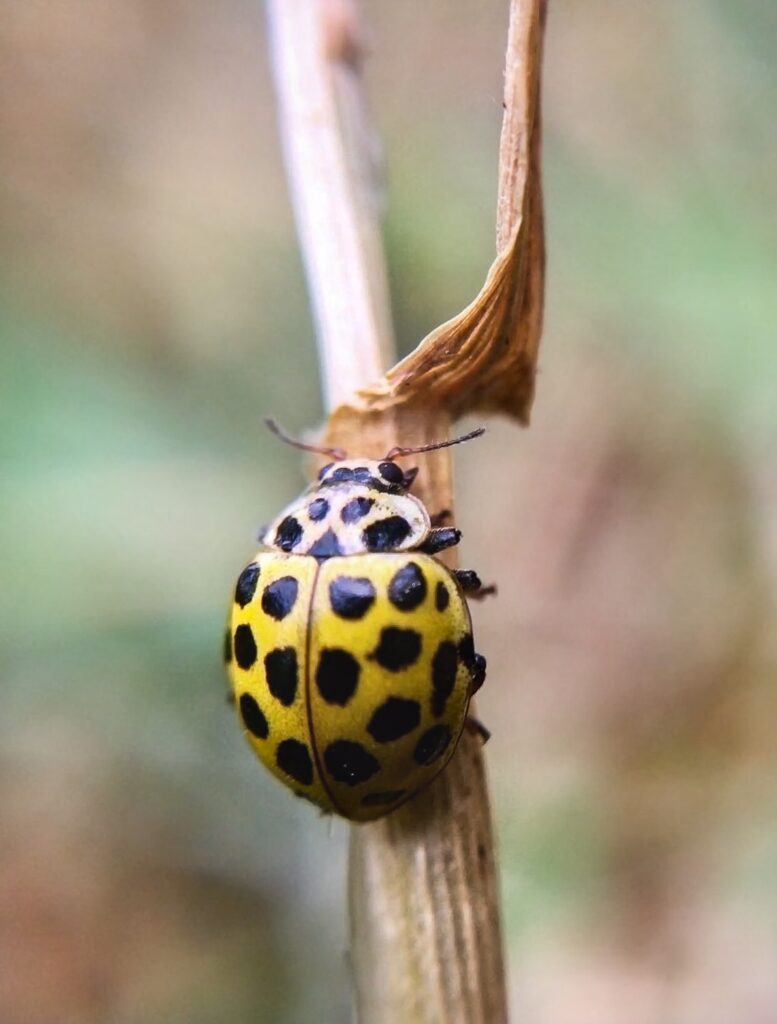
"What Insects Can Tell Us About the Origins of Consciousness"
Andrew B. Barron, Colin Klein
How, why, and when consciousness evolved remain hotly debated topics. Barron and Klein propose that at least one invertebrate clade, the insects, has a capacity for the most basic aspect of consciousness: subjective experience. They argue that the insect brain supports a capacity for subjective experience analogous to vertebrates. In both vertebrate Horans and insects this form of behavioral control system evolved as an efficient solution to basic problems of sensory reafference and true navigation. The brain structures that support subjective experience in vertebrates and insects are very different from each other, but in both cases they are basal to each clade. Hence the researchers propose the origins of subjective experience can be traced to the Cambrian.
Photo Credit: Six Spot Burnet Moth; Schwoaze/Pixabay